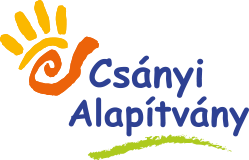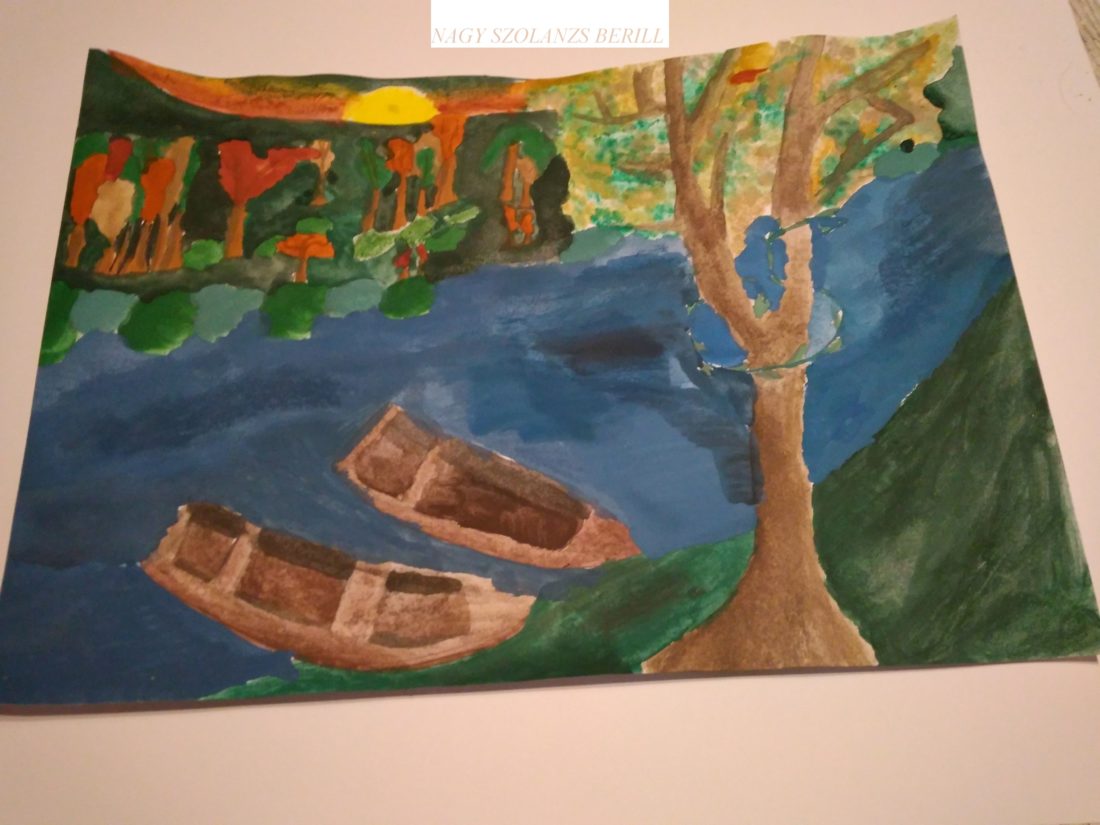
Poetry and art about River Tisza
“Groups of Szeged 1 and 3 had a project day today (13th March) in common about River Tisza where art and poetry played the main role.
Because of Covid 19 we had online meeting . In the first part of the day in math class we were talking about proportion and construction. Closely connecting to this topic the magical golden ratio rule which says that It is the ratio of a line segment cut into two pieces of different lengths such that the ratio of the whole segment to that of the longer segment is equal to the ratio of the longer segment to the shorter segment. .We often meet this perfect proportion in Mathematics (the golden rectangle, the Fibonacci Sequence as well as in nature (spiral of snail shell ). It is also used in architecture ( e.g..pyramids) and in art (e. g.: Mona Lisa by Leonardo da Vinci) too.
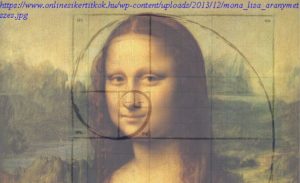
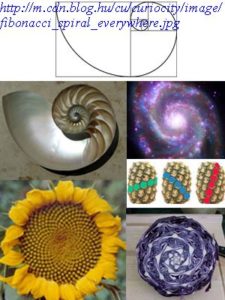
For the spectacular presentations MozaWeb and You Tube videos, 3d animations were used and boards were replaced by g. j. programme. Passing on art and poetry the 6th grade students had the chance to present their own poems, paintings, drawings even PPTs according to our topic River Tisza. In the afternoon we excitedly waited for our university students’ login who continued the interactive activity.”
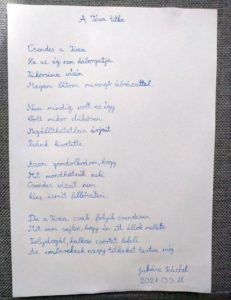
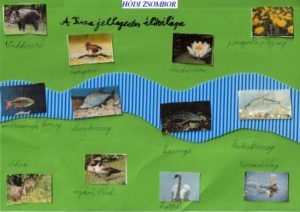
Piroska Szabóné André, mentor and math teacher
“We looked forward excitedly to our first online project day. We had to modify our original plans regarding the current situation. We wanted to present as many aspects of arts as we can. Firstly, we analysed painting, and the river Tisza’s effect to this form of art. The children get known about artistic trends, artists, and arts. After this we analysed poems and talked about our famous poet’s works. We also presented about sculptures and journals. The children had to work on two interesting tasks. For first they had to think with the head of a poet and find the correct missing word in verses. After this they had to write their own poem. Our original plan was that they write it on a big sheet of paper and decorate it, but there was no potential for this. Instead of this they had to insert adjectives into a prewritten poem. The result was outstanding, and the children were enthusiastic. In the end we could not left behind the traditional kahoot quiz. We hope we’ll meet in person next time.” Marcell Sebők, a student of Hungarian literature and history at the University of Szeged


